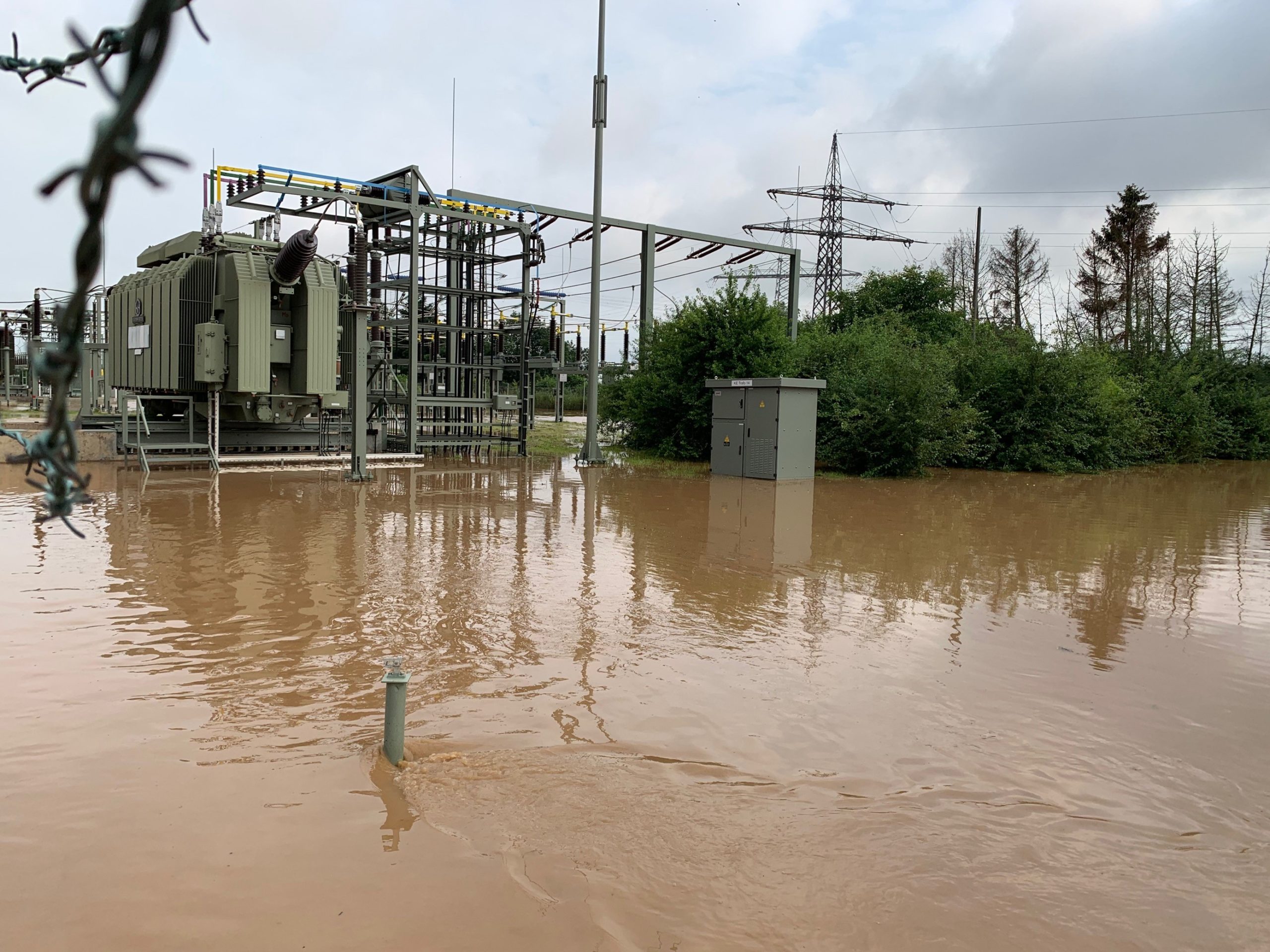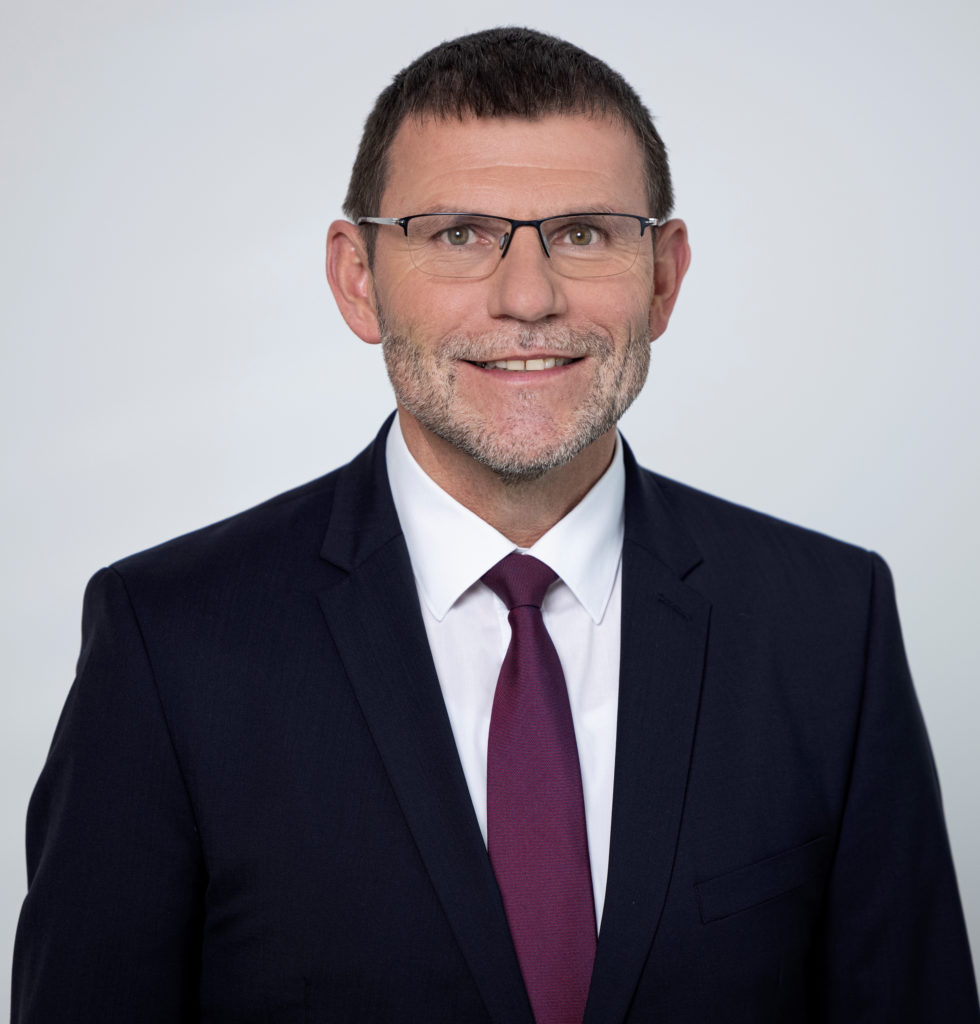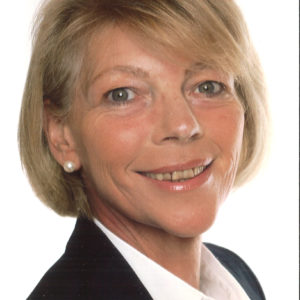This is a guest post by Dr. Stefan Küppers. The guest post reflects the opinion of the author and does not necessarily represent the opinion of the VDE.
Concrete effects of climate change
Dörr: Welcome, Dr.-Ing. Stefan Küppers, Chief Technical Officer at Westenergie. During this years‘ flood disaster in the German Ahr Valley and many other regions infrastructure was very badly damaged. What acute challenges should be taken into consideration with the acute crisis management for the long and medium-term reconstruction of the region?
Küppers: Thank you very much for inviting me to this interview. Just three months ago, when asked about the most pressing issues in the area of networks and energy technology, I would have answered: „Implement and drive forward sustainability and digitalization. Implement energy transition.“ However, with the flood disaster on July 14, 2021, there has been a new twist. We have seen that the climate catastrophe is closer than we thought and severe weather events can quickly catch up with us.
Two points are now important: a well-practiced crisis management system, which requires networking between the companies and the staff of the local authorities of the federal state agencies, and technology that provides us with the best possible information..
To give you an example: In Westnetz’s supply area, the power outage caused by the flood disaster affected around 200,000 people, who had to be supplied as quickly as possible. This meant that we had to inspect 1,300 local substations, 1,800 cable distribution cabinets and 88,000 house connections. All information about damaged equipment had to be obtained „on foot,“ so to speak. We had to inspect and document the damage and then repair it as far as possible. In the future, in the age of smartification and digitialization, we should have as much information as possible immediately available if the operating equipment is not damaged. Likewise, we must draw our conclusions from the crisis and use them to further develop our networks.

Smart Grid - the digitization of networks
Dörr: Going back to this specific example, how does that affect digititalization and your work – you just mentioned smart grids and digital networks?
Küppers: Under the name Grid Operation 4.0, we at Westnetz have already had a major pilot project over the last three to four years, the aim of which was to drive forward digitalization in low voltage. We have to remember that for a long time, energy flowed from the large generators to the customers. In the last twenty years, there has been a paradigm shift with distributed generation of photovoltaics. Until now there has been no need to retrieve information from the low voltage and medium voltage local networks and process it digitally and quickly in real time. We urgently need to change this now, because in addition to generation, a growing number of customers and processes on the customer side are now increasing consumption. Electromobility, heat pumps and storage systems, which can influence generation and consumption over time, play a considerable role here. All these are important reasons for significantly developing observability and controllability of low voltage, but also in the local substation and in medium voltage, and for increasing the number of remotely reported or remotely controlled components.
Dörr: This means that the smart grid is the means to an end, to drive and support the future of the energy system towards energy transition and sustainability?
Küppers: Yes, the smart grid is part of the solution in an evolved, decarbonized energy system. We often talk about generation, which needs to be further expanded. Of course, we need three to four times more distributed generation than we have today, both PV and wind. However, if this grid is fed volatile on the generation side, then we also need information on the consumer side. There is no other way to incentivize these consumers and intelligently control electric vehicles, heat pumps and so on.
The role of storage systems for the energy transition
Dörr: Another keyword in the field of energy transition: volatile generation. In this context, small and mobile storage units are also very important, for example electric vehicles. How should these and other storage facilities be integrated into the future grid?
Küppers: Storage will play an important role in this, because if we were to rely only on solar and wind, we would need sophisticated control. The dark lull as an extreme example will then be just as difficult to manage as days with a lot of solar generation or wind. It is only in combination with the best possible use of storage that this is manageable.
And this storage will be battery storage, i.e. electrical storage. You mentioned vehicles: if we assume an average storage capacity of fifty kilowatt hours per car, given the forty million cars in Germany today, this results in a gigantic amount of storage. On the other hand, people are not so keen to talk about the short-term withdrawal of energy from these storage facilities, so we are still a long way from this scenario. In addition to stationary battery storage, smaller and larger ones, we will need other storage technologies to store energy, for example thermally, via sector coupling. This would then mean using even more hot water storage systems – for our heating systems, too – as well as integrating further sector coupling elements such as electrolysis plants and storing electrical energy in the form of hydrogen.
However, the question of what systems will be built locally, regionally or internationally, and to what extent, is far from being answered in detail.
Creative minds for the future
Dörr: Thank you very much for this insight. We have now talked a lot about the future. What advice would you give to young people who are interested in climate change and who want to get actively involved in sustainability?
Küppers: From my own experience, I can say that the time has never been as exciting as it is today, because there have never been so many technical issues to solve and concrete steps to take. Today, we have concrete construction plans and budgets that plan the application of smart components in the grids in the next few years. This is not a one-to-one renewal of plants, but the concrete smartification of our components. We have a process pattern change, for which we need creative minds that make sense of these processes with the concrete goal of decarbonizing the energy system – in Germany and globally. In doing so, they are making a major personal contribution to increasing sustainability. This is a good starting position with a large field of activity for young engineers to contribute to this task.
Dörr: This is a wonderful closing word, directly contributing to the VDE Expert Committee for Studies and Society, since our colleagues there are intensively concerned with training and studies in this area. The climate crisis and sustainability are the challenges of the future that we have to face. Thank you very much for your appeal, your professional assessment of the current situation and the outlook for the future.
Küppers: Thank you very much for the opportunity to speak here.
Author information

Dr.-Ing. Stefan Küppers has been Chief Technology Officer of Westenergie AG in Essen since October 2021. Previously, he had been Managing Director at Westnetz GmbH since 2013 and was responsible for the processes of planning, construction, operation, maintenance and grid management of the high-voltage electricity and high-pressure gas grids as well as digitalisation, innovation and the application of new technologies in the Special Technology/Digitalisation department.
He has been on the board of the ETG in the VDE since 2020. From 2015 – 2020, he was a member of the Forum Netztechnik/Netzbetrieb im VDE (FNN) and Chairman of the FNN Board. He has also been a member of the BDEW PG DSO2.0 since 2015 and has chaired it since 2020. He is a member of various supervisory boards in the investment companies of Westenergie.
Stefan Küppers studied electrical engineering at RWTH Aachen University after completing an apprenticeship and graduating with a doctorate. He has been working for RWE/innogy/E.ON since 1996 and has held various management positions in the grid business since 2002.
